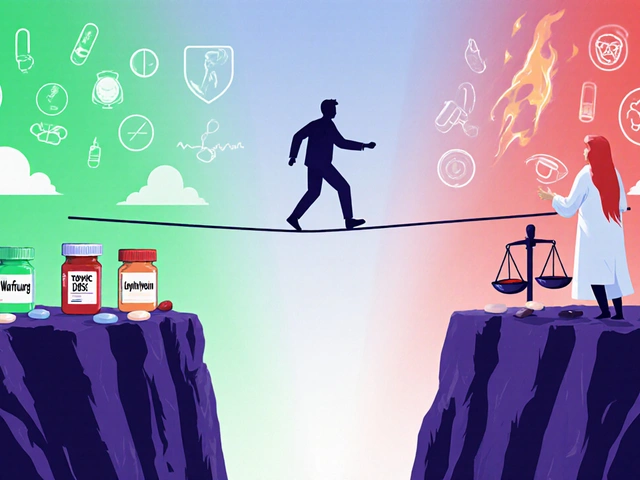How Canagliflozin Works to Improve Kidney Function in Diabetic Patients
May 6 2023Delayed Sleep Phase Syndrome: Recognize and Manage Your Clock
Do you fall asleep late every night and struggle to wake up when you need to? That pattern could be delayed sleep phase syndrome (DSPS), a common circadian rhythm disorder. People with DSPS have a natural sleep-wake time shifted later than normal, so going to bed at 2am feels normal while mornings feel impossible. This isn't laziness—it's a mismatch between internal clock and daily demands.
DSPS usually starts in adolescence but can affect adults. You might sleep well if allowed to follow your own schedule, but alarm clocks, school, or work cause chronic sleep loss. Symptoms include difficulty falling asleep before midnight, trouble waking for morning commitments, daytime sleepiness, and mood or concentration problems. Social and work life can suffer when your clock disagrees with others'.
How DSPS is diagnosed
A doctor will ask about your sleep history, daily routine, and when you feel sleepy. They may ask you to keep a sleep diary or use an actigraphy watch to track sleep timing for one to two weeks. Sometimes doctors use melatonin level tests or a sleep study to rule out other conditions. The key is consistent late sleep onset that repeats for months, not just occasional late nights.
Practical ways to shift the clock
Start with timing light exposure. Bright light in the morning helps move your clock earlier. Try 20–30 minutes of sunlight or a light box soon after waking. Avoid bright screens and strong light in the two hours before your target bedtime; dim lights help. If used correctly, low-dose melatonin taken a few hours before your desired sleep time can nudge your body earlier—talk with a doctor about dose and timing.
Make small, steady changes. Move your bedtime earlier by 15–30 minutes every few days rather than big jumps. Keep the same wake-up time even on weekends to reinforce the new schedule. Use short daytime naps only if you must; long naps can undo progress. Avoid heavy caffeine late in the day and limit alcohol, which fragments sleep.
Behavioral approaches like cognitive behavioral therapy for insomnia (CBT-I) tailored for circadian issues can help. Chronotherapy—systematically delaying sleep time until it reaches the desired schedule—works for some people but is hard to maintain and should be supervised by a sleep specialist. If DSPS disrupts life despite these steps, a sleep clinic can offer personalized treatment including light therapy devices or prescription timing guidance.
Planning matters: discuss flexible work or school schedules when possible. Shifted work hours or later classes can make life manageable while you adjust. Also watch for depression or anxiety, which often occur with DSPS and deserve treatment on their own.
Small changes over weeks usually help more than one big push. If you feel stuck, get help from a sleep specialist—DSPS is treatable and you don't have to resign yourself to constant mornings that never come easy.
Try tracking sleep with an app and bring notes to appointments to speed up a helpful plan today.
 5 Sep
5 Sep
Experiencing and Overcoming Delayed Sleep Phase Syndrome: One Person's Journey
In this article, readers will follow a personal journey through Delayed Sleep Phase Syndrome (DSPS), a common but often misunderstood sleep disorder. The article provides insights into the condition, explores potential treatments, and offers practical tips for managing and overcoming DSPS. The goal is to offer hope and guidance to others who might be struggling with similar sleep challenges.
Read More...



